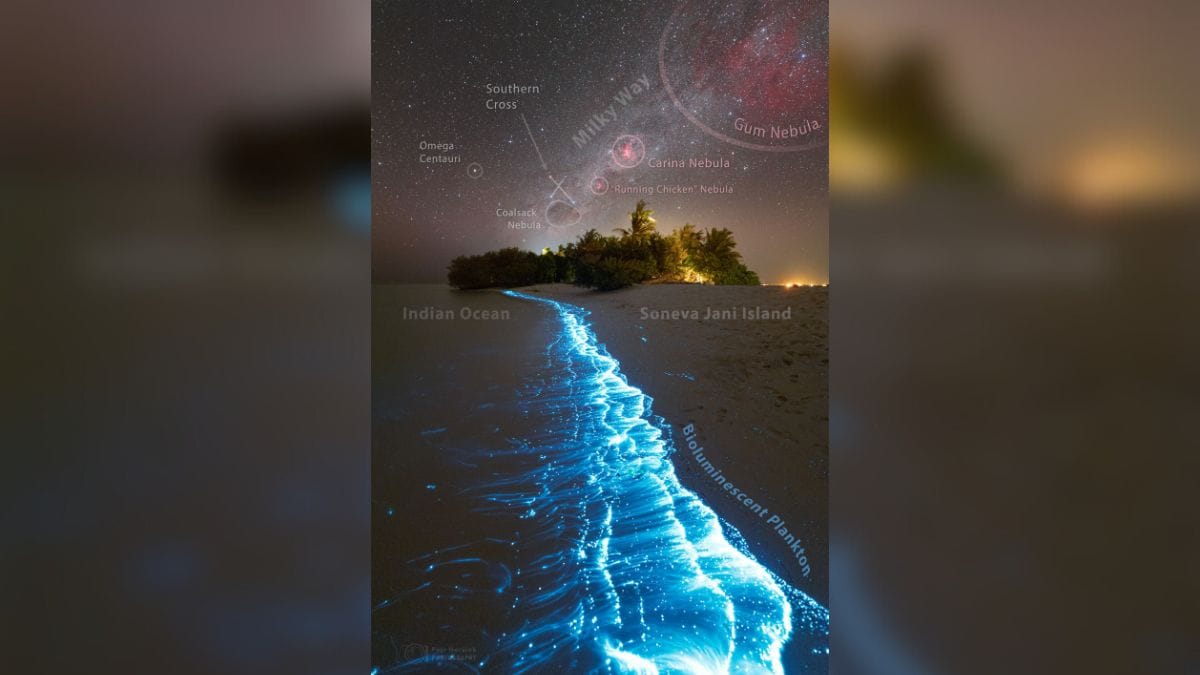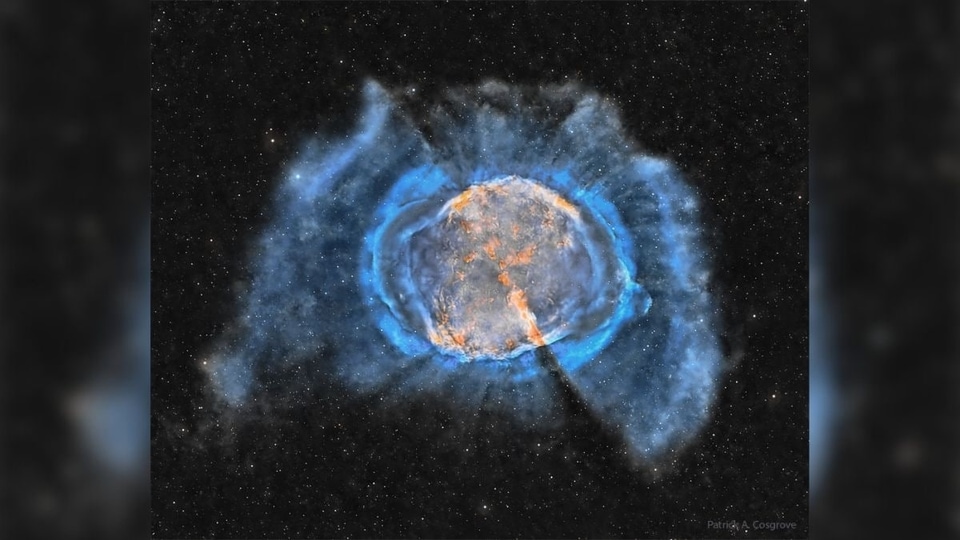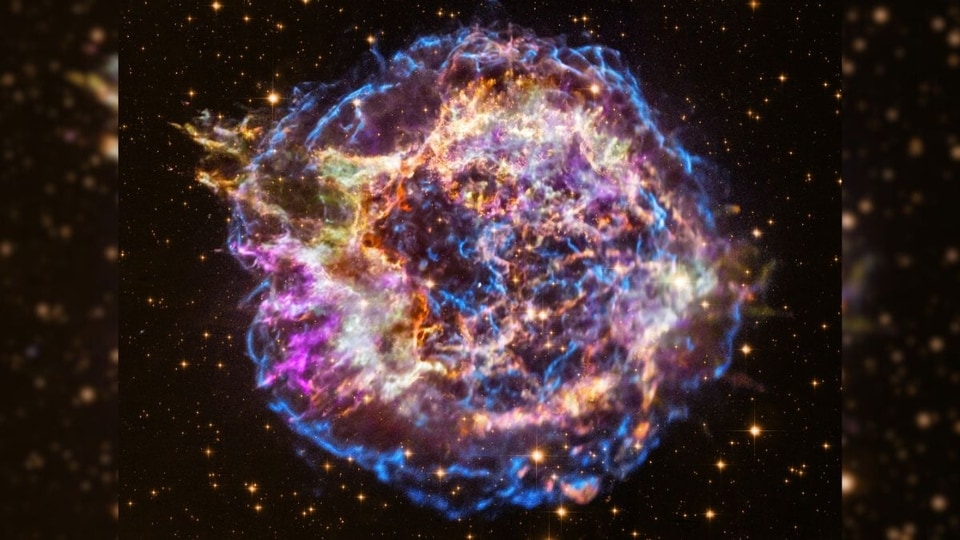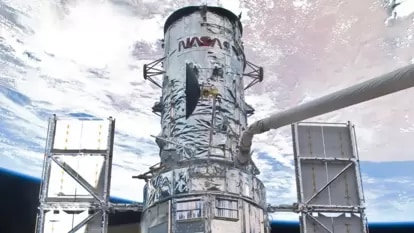NASA Astronomy Picture of the Day 5 June 2023: Breathtaking Trifid Nebula
Today’s NASA Astronomy Picture of the Day is a snapshot of M20, also known as the Trifid Nebula. Know more about this amazing celestial object here.






 View all Images
View all ImagesOver the past few months, we've seen several amazing snapshots of celestial objects as part of NASA Astronomy Picture of the Day, which is published on a daily basis featuring astrophotographers from around the world. Some of these celestial bodies belong to the catalogue of Messier Objects, a set of 110 objects catalogued by French astronomer Charles Messier. Messier studied and catalogued these objects in Catalogue des Nébuleuses et des Amas d'Étoiles and the catalogue is today known as the Messier Objects. Although Messier was an avid comet hunter, some of his most amazing discoveries include several nebulae such as the Crab Nebula, Dumbbell Nebula, the Pleiades star cluster, and more.
Today's NASA Astronomy Picture of the Day is a snapshot of M20, also known as the Trifid Nebula. This star-forming region is located about 9000 light-years away towards the constellation of Sagittarius. According to NASA, the Trifid Nebula is just 300,000 years old and with an apparent magnitude of 6.3, it can be spotted with a small telescope in August.
Tech used to capture the picture
This awesome picture was captured by astrophotographer Martin Pugh using an SBIG STL-11000M CCD camera and RCOS Carbon Tube Telescope, mounted on Paramount ME Robotic Telescope System. Additionally, an Astrodon filter was used.
NASA's description of the picture
What's happening at the center of the Trifid Nebula? Three prominent dust lanes that give the Trifid its name all come together. Mountains of opaque dust appear near the bottom, while other dark filaments of dust are visible threaded throughout the nebula. A single massive star visible near the center causes much of the Trifid's glow. The Trifid, cataloged as M20, is only about 300,000 years old, making it among the youngest emission nebulas known. The star forming nebula lies about 9,000 light years away toward the constellation of the Archer (Sagittarius). The region pictured here spans about 20 light years.
Catch all the Latest Tech News, Mobile News, Laptop News, Gaming news, Wearables News , How To News, also keep up with us on Whatsapp channel,Twitter, Facebook, Google News, and Instagram. For our latest videos, subscribe to our YouTube channel.
































